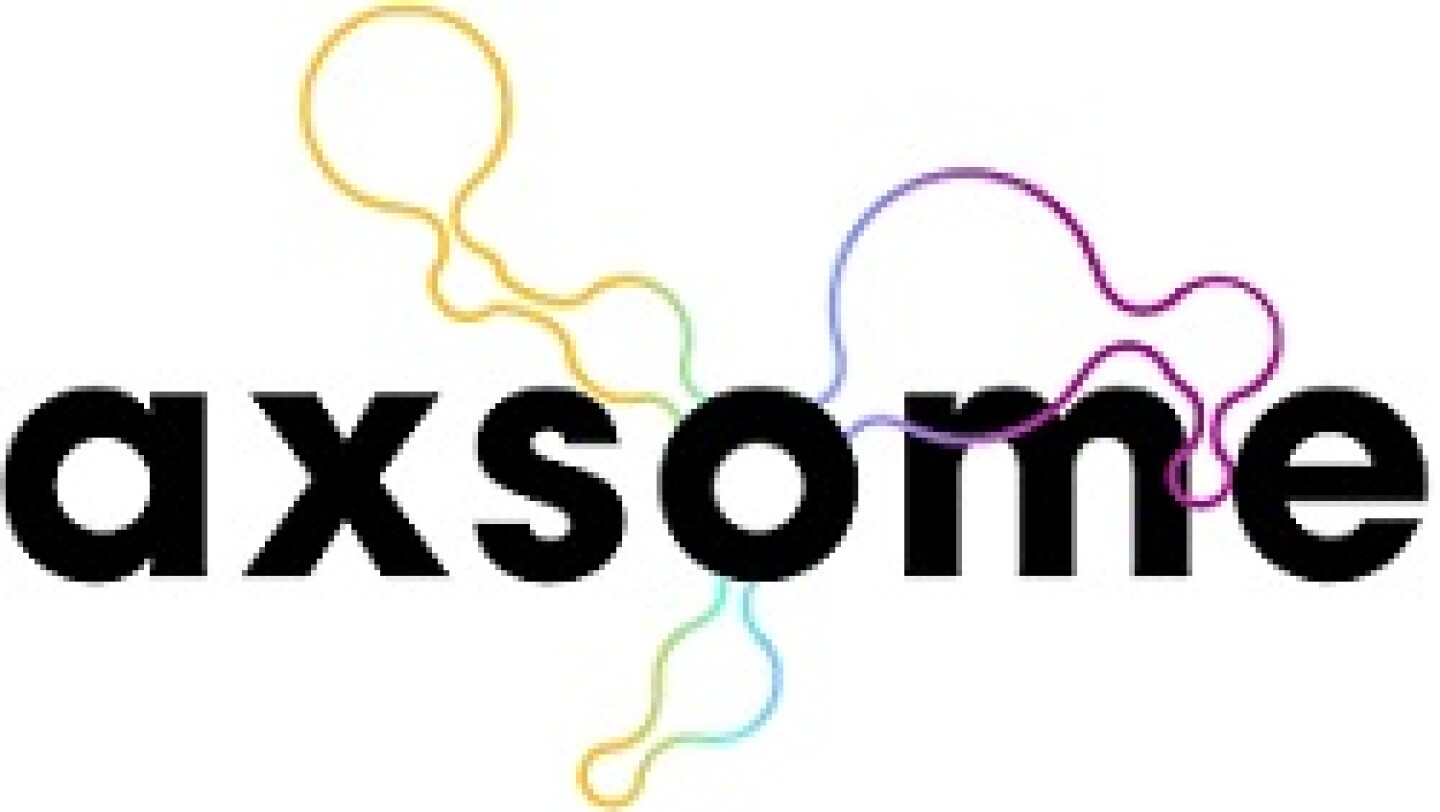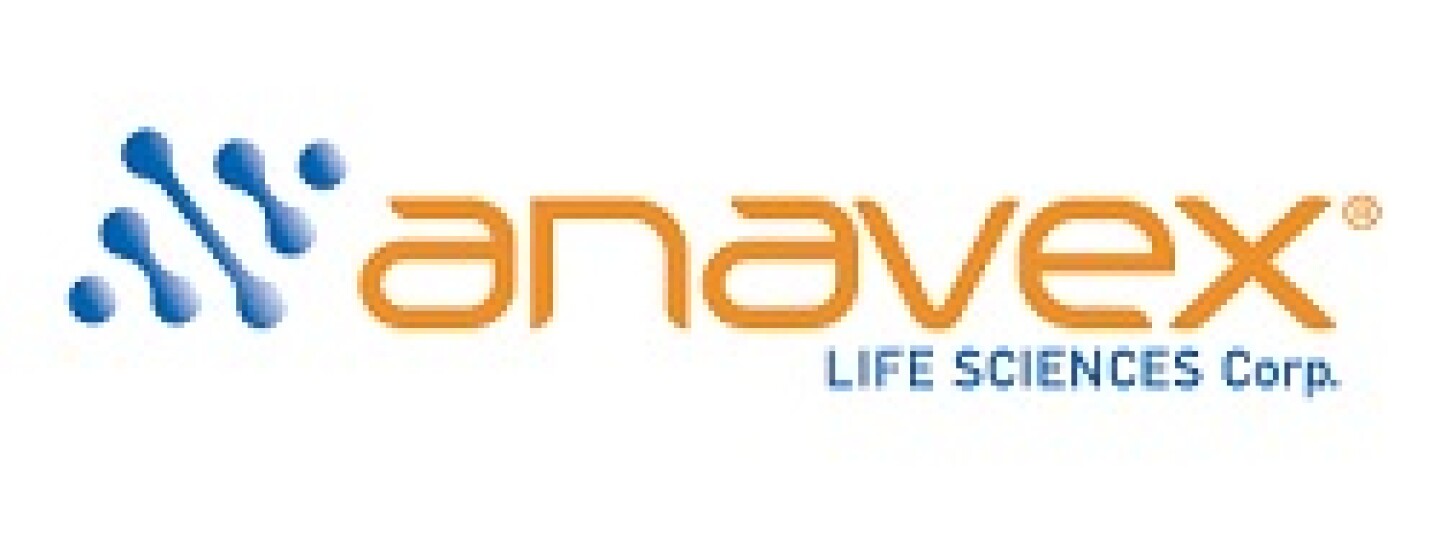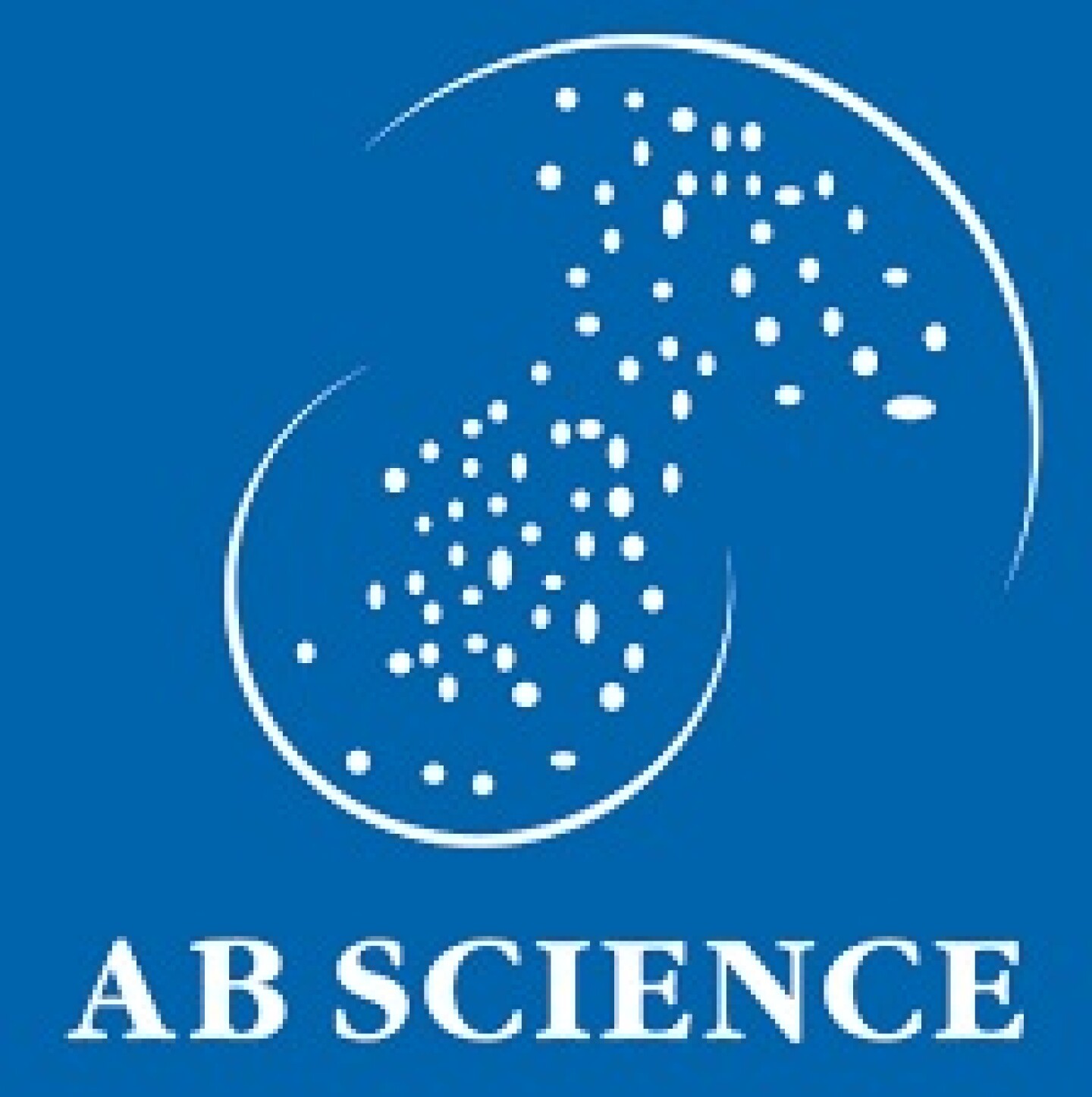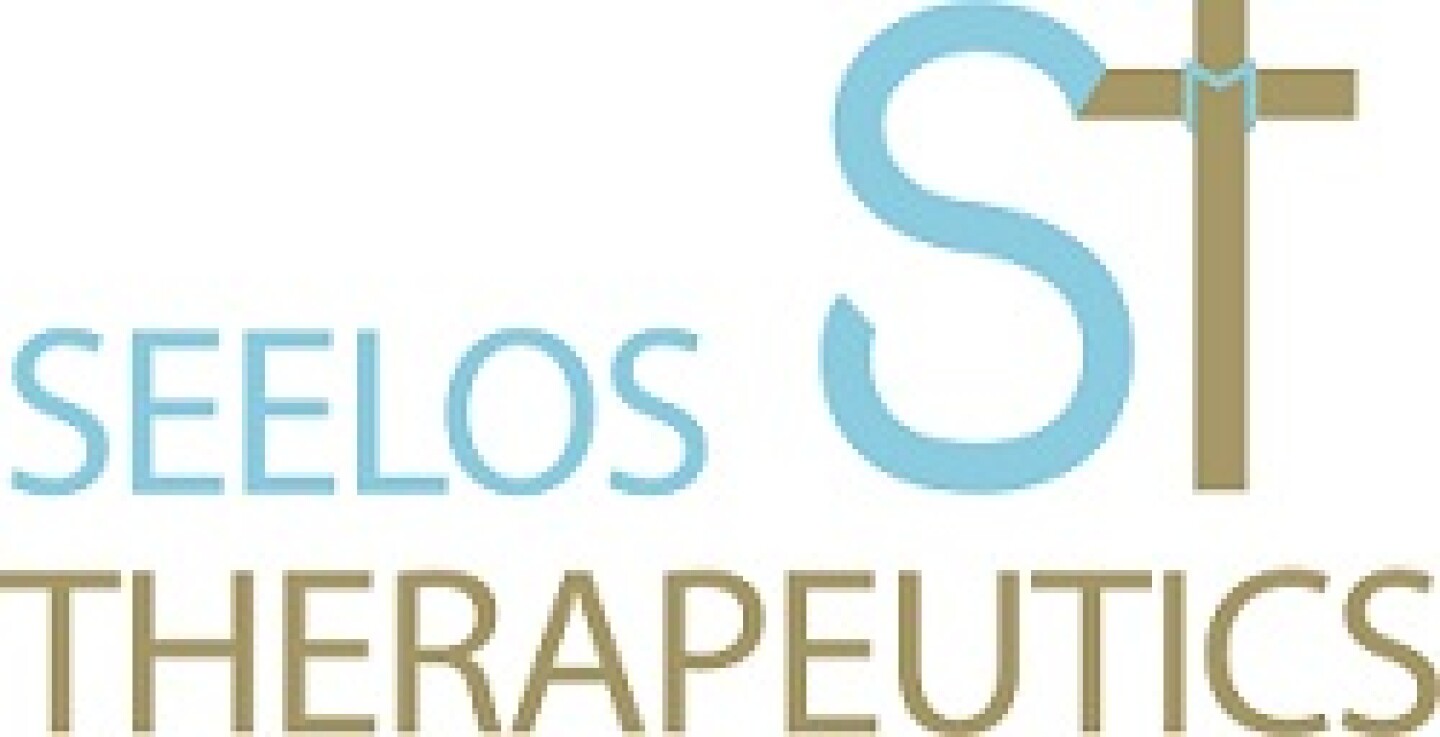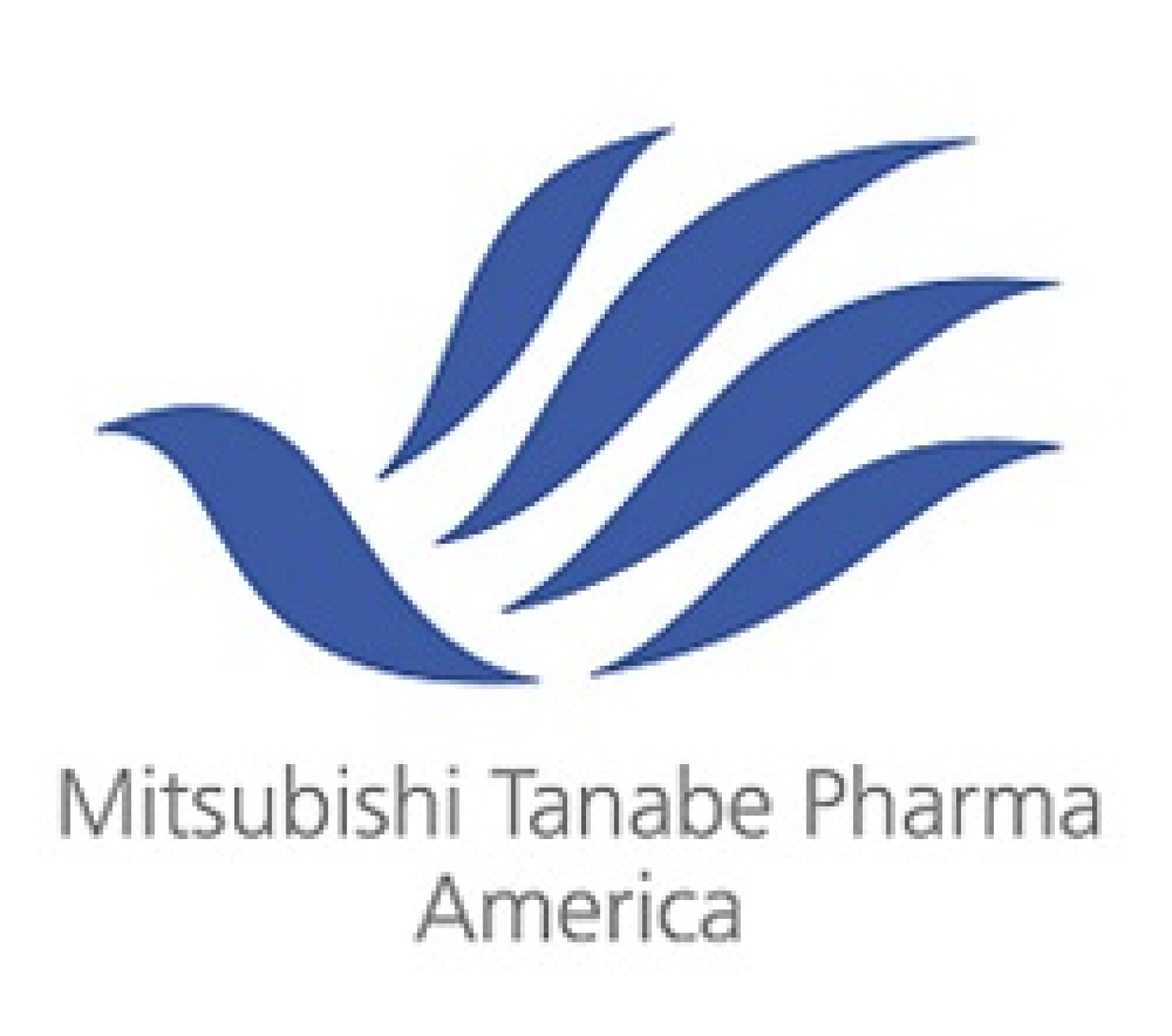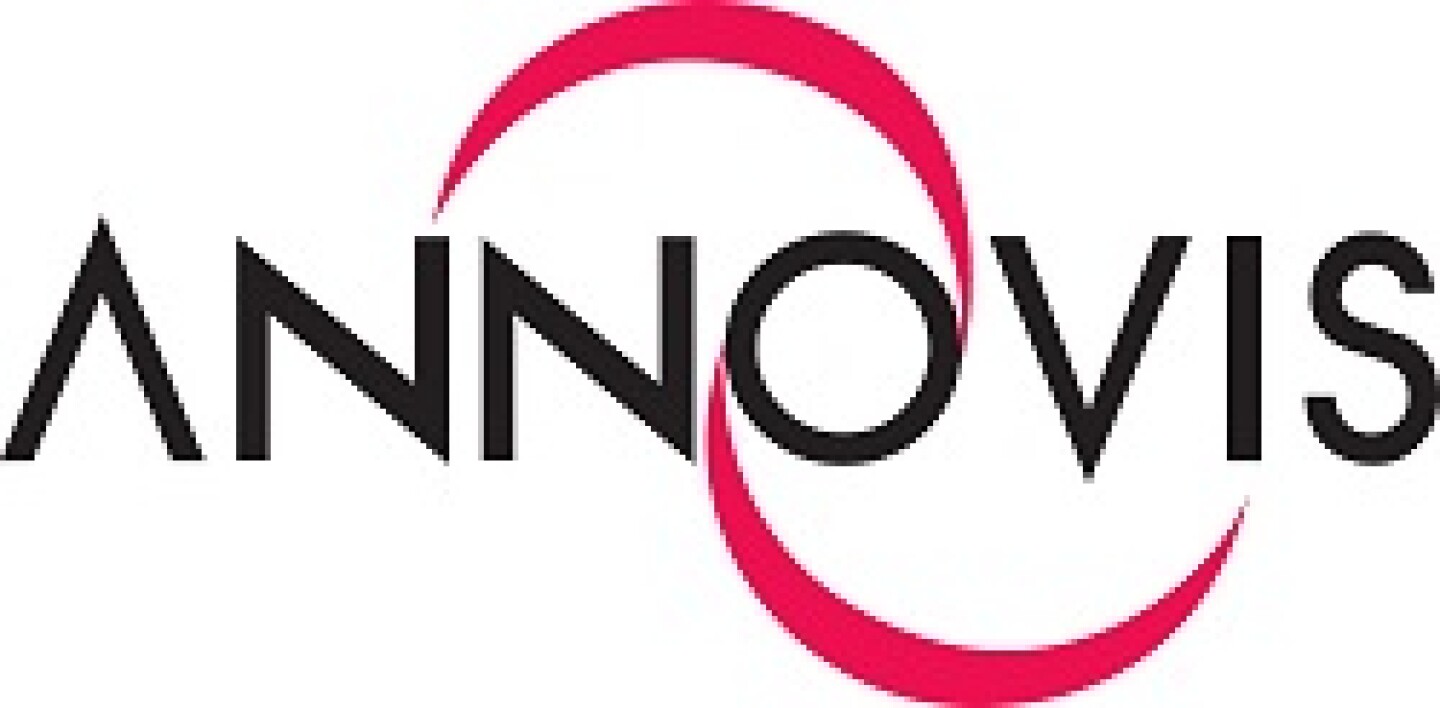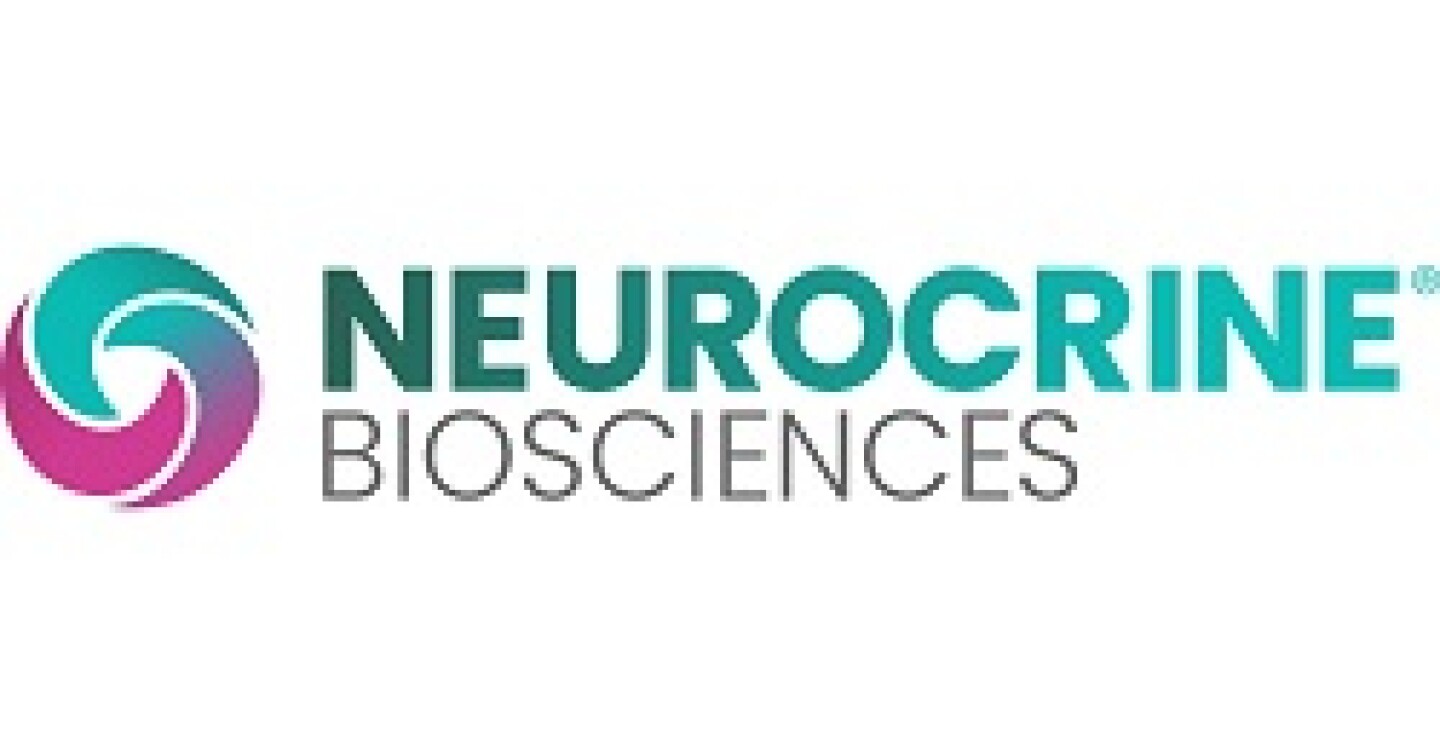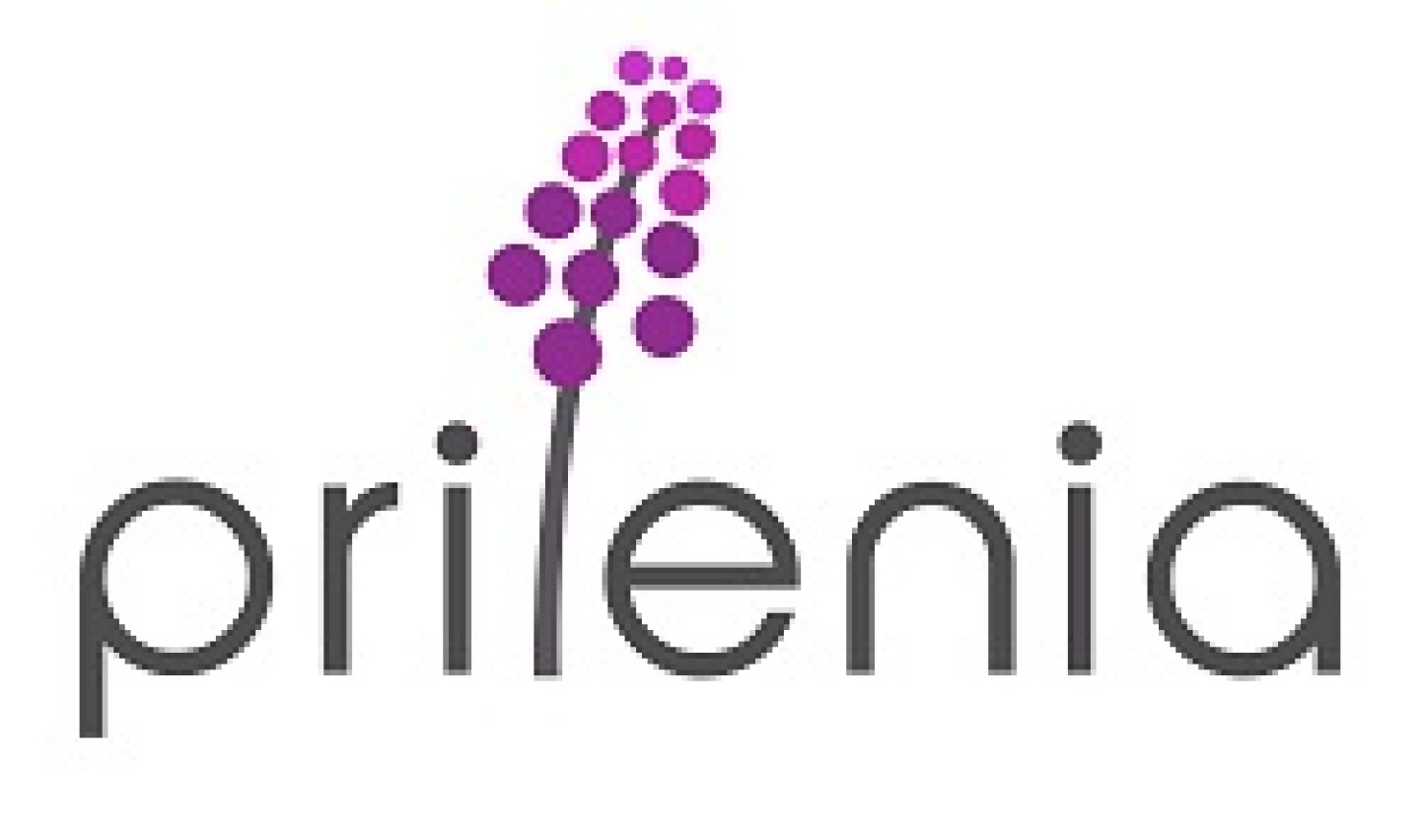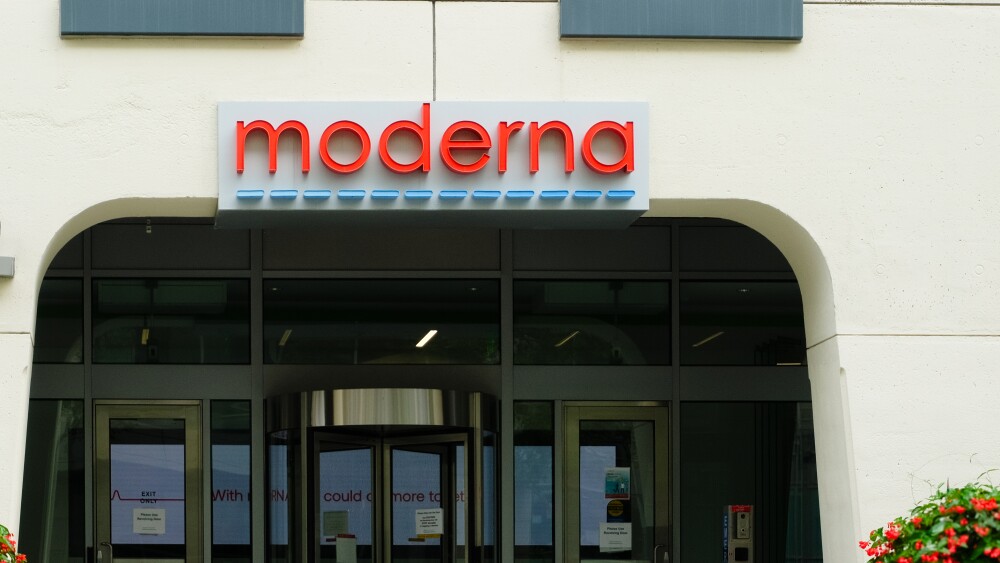BioSpace rounded up companies with products for Alzheimer’s, ALS, Parkinson’s and Huntington’s in the final stages of clinical testing.
Pictured: Tinfoil crumpled into the shape of a human brain/iStock, wildpixel
The market for neurodegenerative disorder therapeutics is at a turning point. Despite a history of high failure rates—including in late-stage trials—the space has seen a recent spate of approvals, including Biogen and Ionis’ Qalsody for a subtype of amyotrophic lateral sclerosis (ALS) in April, following on the heels of Amylyx’s Relyvrio the previous September; Otsuka and Lundbeck’s Rexulti in May, the first drug for agitation in Alzheimer’s disease; and, most recently, Eisai and Biogen’s Leqembi for Alzheimer’s in July.
There are a handful of reasons for this upward trend, said Graig Suvannavejh, senior biopharmaceuticals and biotechnology equity research analyst at Mizuho Americas, which recently identified small- and mid-cap neuroscience-focused biotech companies that the investment bank sees as promising investments. But a big piece of the puzzle is the FDA’s recent push toward what he called regulatory flexibility.
“The FDA is pretty much being okay with the idea of, let’s look at alternative ways that we can look at drugs and drug development in the hopes of getting therapies in the hands of patients who are really at need,” Suvannavejh told BioSpace. “Not only is this allowing companies to feel better about how quickly a drug could get to market, it also then reduces costs. . . . It changes the entire investment narrative.”
And with the market estimated to reach $21.66 billion in 2026, there’s no shortage of companies looking to take a bite. Here, BioSpace takes a look at the 12 companies with products for Alzheimer’s, ALS, Parkinson’s and Huntington’s that are closing in on that goal.
Alzheimer’s disease
Perhaps no space is more notorious for its failures than Alzheimer’s disease. “Alzheimer’s has often been viewed as a graveyard for drug development,” Suvannavejh said. Between 2004 and 2021, nearly 100 compounds failed in Phase II or Phase III, according to one study. Thus, “while the commercial opportunity is quite large, it might have been too risky that [investors] didn’t want to go there,” Suvannavejh acknowledged.
But Leqembi’s approval highlights that regulatory flexibility that can been seen across the neurodegenerative disease space, he added. And Eli Lilly’s donanemab is likely not far behind. “Based on our conversations with clinicians, it would seem that that drug should get approved as well,” Suvannavejh said. “I think entrepreneurs are like, ‘Okay, we’ve got some real momentum.’”
There are at least a dozen companies with Alzheimer’s products in Phase III studies. Here are the ones that could reach the market next.
After the FDA denied donanemab accelerated approval in January, full data from the Phase III TRAILBLAZER-ALZ 2 study reported last week could put Eli Lilly’s donanemab back in the game. The company said it submitted for traditional approval of the drug in the second quarter and expects a decision from the FDA by the end of this year.
Lilly also has an ongoing Phase III study for remternetug, for which it announced positive Phase I data in April 2023. Its third Alzheimer’s candidate, solanezumab, failed to slow cognitive decline in patients in the preclinical stages disease or reduce risk of progression to symptomatic Alzheimer’s, so the company has said it will focus its efforts of donanemab and remternetug.
While solanezumab only binds to soluble amyloid-beta protein, the other two target amyloid plaques that have accumulated and have successfully cleared plaques in trial participants.
AXS-05, approved in August 2022 for major depressive disorder (marketed as Auvelity), yielded positive Phase III results for agitation in Alzheimer’s disease just a few months later. The FDA had granted Breakthrough Therapy designation to AXS-05, an oral N-methyl D-aspartate (NMDA) receptor antagonist, for this indication back in 2020. Based on the new data, Axsome stated that it will discuss with the FDA how to proceed.
In a Phase IIb/III trial, patients on ANAVEX®2-73 (blarcamesine) showed improved cognitive function, according to results announced in December 2022. On the basis of this data, Anavex said it would consult with regulatory agencies on the proper course of action to bring ANAVEX®2-73 to patients in Europe, Asia-Pacific and the U.S.
While TRx-237-007, or hydromethylthionine mesylate (HMTM), failed to achieve the primary endpoint in a Phase III trial back in 2016, TauRx did not discontinue the oral drug candidate’s development. Last June, another Phase III trial called LUCIDITY yielded positive results, slowing decline in Alzheimer’s patients. The company said that it will pursue approval in the UK, where the Medicines & Healthcare products Regulatory Agency has granted HMTM an Innovation Passport, designed to accelerate development and approval.
In February, AB Science announced that positive data from a Phase III trial of masitinib, an orally administered tyrosine kinase inhibitor, had been published in Alzheimer’s Research & Therapy, showing that the drug had met its primary endpoint of slowing cognitive decline in Alzheimer’s patients. The study also yielded non-significant data showing a trend toward overall improvement. The company did not disclose its plans for pursuing regulatory approval, however.
AB Science has also tested masitinib in ALS patients, publishing promising Phase II/III results in 2019. Recruitment is ongoing for a confirmatory Phase III study.
ALS
Another area where the FDA’s more flexible approach has been on display is in ALS, Suvannavejh said. Back in 2017, the FDA approved Mitsubishi Tanabe’s Radicava, the first new ALS drug in more than two decades, based on clinical data from Japan. Then last year, Amylyx’s Relyvrio earned the regulatory green light based on data from a Phase II trial. Most recently, Biogen and Ionis’ Qalsody hit the market despite the failure of a Phase III trial to meet the primary endpoint.
“The unmet medical need is so high in ALS,” Suvannavejh said, “the FDA is like, ‘You know what? It doesn’t hurt patients. We don’t know if it works, [but] it moves this biomarker, which we think is important, so let’s approve the drug.’”
Now, two more companies have late-stage products that could see regulatory action before long.
It’s been a bit of a rollercoaster ride for BrainStorm’s NurOwn, an autologous cell therapy for ALS. In 2021, the company chose not to file a BLA after the FDA said the results of the Phase III trial didn’t provide sufficient evidence to support it, given the therapy’s high placebo response. BrainStorm ended up filing in August 2022, but the FDA rejected the application in November. BrainStorm appealed to the agency to reconsider and was granted an advisory committee coming up in September. Earlier this month, the company announced positive biomarker readouts from the ongoing Phase III study.
Seelos Therapeutics
Seelos completed enrollment of a Phase II/III study for its ALS product, SLS-005 (trehalose), in February 2023. At the same time, the company is running an Expanded Access Program funded by a grant from the National Institute of Neurological Disorders and Stroke that will enroll ALS patients ineligible for the trial. Trehalose, which received the FDA’s Orphan Drug Designation in November 2020, is a naturally occurring sugar molecule. Administered via infusion, the molecule is thought to promote autophagy in the brain, with the aim of clearing the toxic protein aggregations characteristic of ALS. The company anticipates topline data from the Phase II/III trial before the year’s end.
Parkinson’s disease
For decades, patients with Parkinson’s disease have had access to levodopa and carbidopa to help manage their symptoms. The latter ensures that the former doesn’t break down in the bloodstream but enters the brain, where it is converted to the neurotransmitter dopamine.
Even today, a majority of drugs in development for Parkinson’s target the disease’s symptoms, which are often related to movement. But more and more, the field is seeing a shift toward experimental treatments that are so-called disease-modifying.
“You’re trying to really approach the actual reason or the actual cause of the disease,” Suvannavejh said.
In addition, some firms are working to improve delivery of the symptom-managing drugs such as levodopa. In total, there are more than 120 companies working to develop Parkinson’s therapies, according to an April 2023 report from DelveInsight.
In March of this year, AbbVie hit a setback with its ABBV-951 (foscarbidopa/foslevodopa) when it received a Complete Response Letter from the FDA denying its subcutaneous formulation aimed at treating motor fluctuations in Parkinson’s.
Foscarbidopa and foslevodopa are prodrugs designed to activate once inside the body. Although the data from the Phase III trials raised no safety concerns and pointed to positive efficacy, the FDA stated that it needed more data on the subcutaneous pump device.
“We will continue to work closely with the FDA as part of our commitment to bringing this treatment option to people impacted by this disease as quickly as possible,” Thomas Hudson, CSO and senior vice president of research and development, said in a statement.
Mitsubishi Tanabe Pharma Corporation
In January, Mitsubishi Tanabe reported positive Phase III trial results for its subcutaneous ND0612, in development by the biopharma’s wholly owned subsidiary NeuroDerm. The treatment involves a continuous subcutaneous infusion of levodopa/carbidopa and the new results showed that, when combined with supplemental oral levodopa/carbidopa, it improved Parkinson’s symptom control over oral levodopa/carbidopa alone.
The company said in its press release that it expects to submit ND0612 to the FDA for approval this year.
The first patient has been dosed in a clinical trial testing Annovis Bio‘s buntanetap as an oral therapy for early-stage Parkinson’s disease, the company announced in August of last year.
The Phase 3 clinical trial (NCT05357989) got started shortly after the FDA gave the company the green light to start recruiting up to 450 patients with idiopathic (of unknown cause) Parkinson’s disease.
Huntington’s disease
Of the neurodegenerative diseases covered here, Huntington’s disease is perhaps the one that has received the least amount of attention. Only about a dozen potential treatments have reached mid-stage trials, with just two yielding results from pivotal Phase III studies.
In June, researchers published results from a Phase III trial of valbenazine for the treatment of involuntary movements (chorea) associated with Huntington’s disease in The Lancet Neurology. The study met both primary and secondary endpoints, reducing patients’ severity of symptoms as early as the second week of dosing. The FDA had previously accepted a supplemental NDA filed by Neurocrine Biosciences and set a PDUFA date for Aug. 20, 2023. Valbenazine is already approved for tardive dyskinesia, a disorder that causes facial and limb movements as a result of drugs prescribed for certain psychiatric conditions.
Prilenia Therapeutics
Although a Phase III trial of pridopidine failed to reach statistical significance in its primary and key secondary endpoints, the drug nevertheless resulted in clinically meaningful improvement in disease progression, motor and cognitive outcome measures, compared to placebo, Prilenia announced at the American Academy of Neurology annual meeting in April.
The FDA has granted pridopidine, an oral sigma-1 receptor agonist, both Orphan Drug and Fast Track designation for Huntington’s disease, as well as orphan drug status for ALS. In the latter indication, the company announced Phase II results in February, which also fell short of statistical significance but showed some beneficial effects.
Jef Akst is managing editor of BioSpace. You can reach her at jef.akst@biospace.com. Follow her on LinkedIn and Twitter @JefAkst.
Correction (July 25): This story has been updated to clarify that Amylyx’s Relyvrio was approved based on data from a Phase II trial in ALS, not Alzheimer’s. BioSpace regrets the error.



